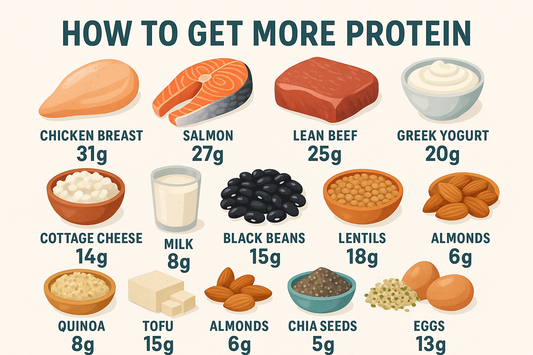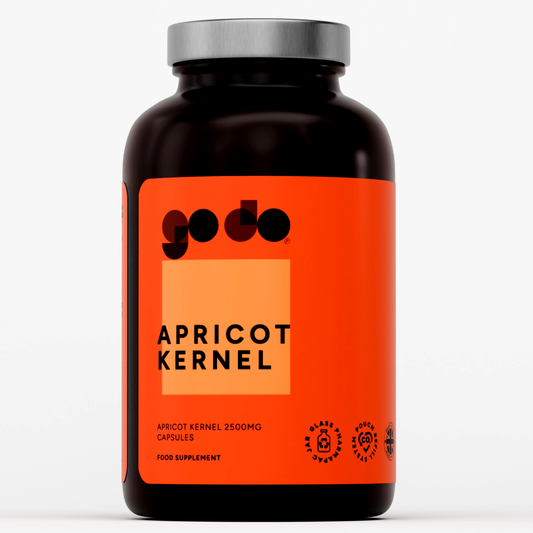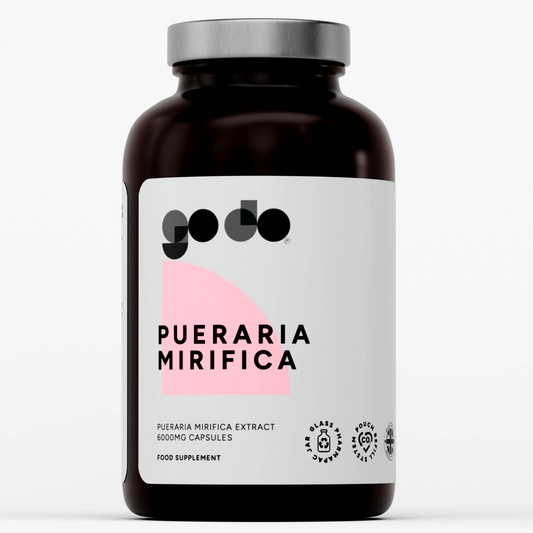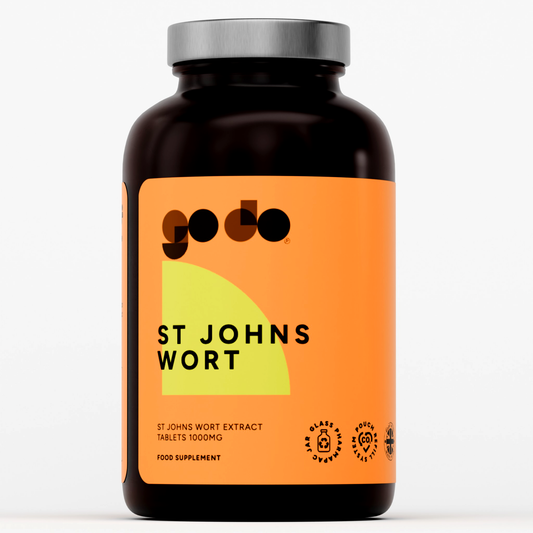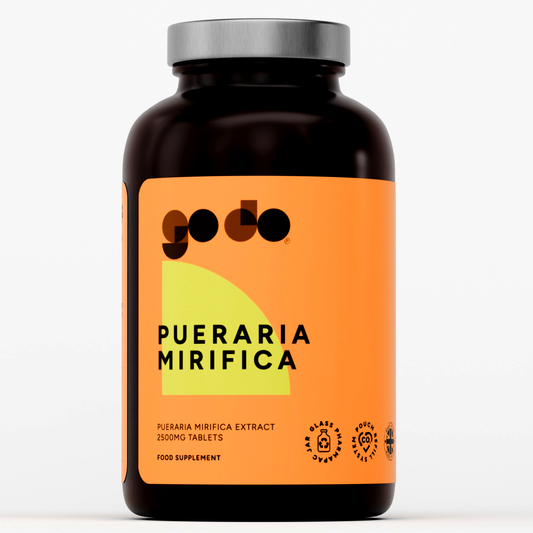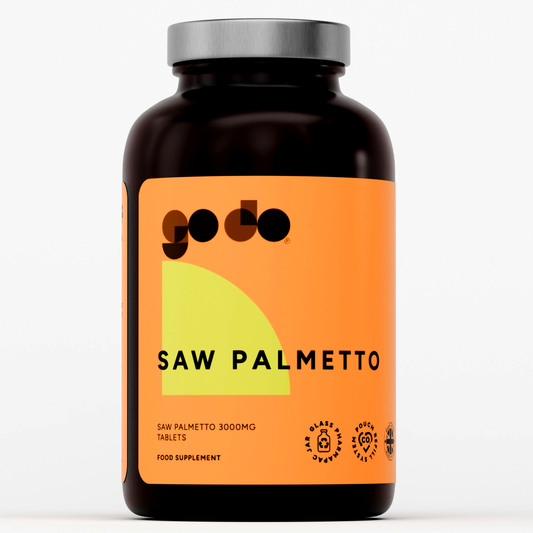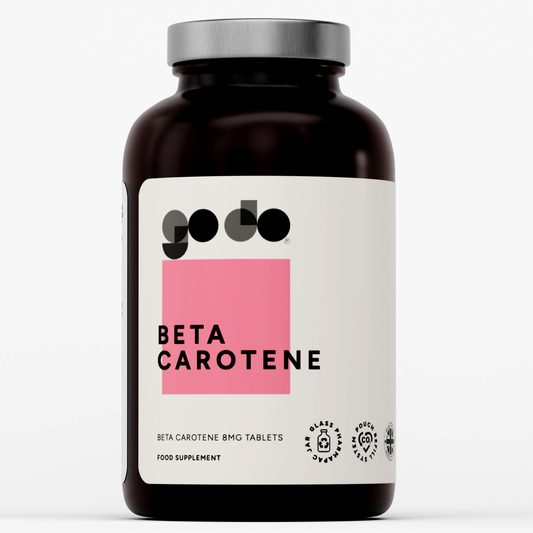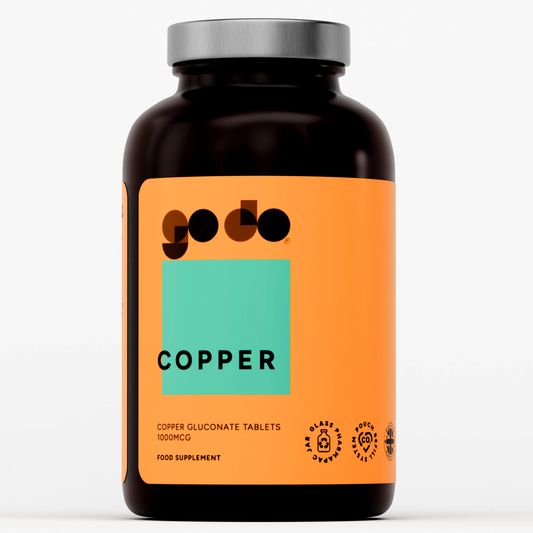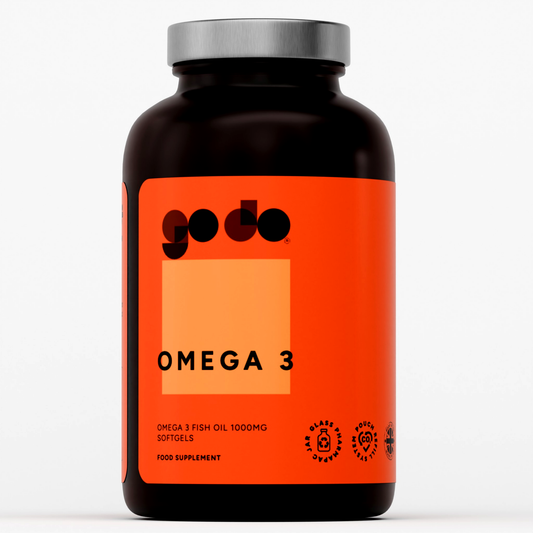Soccer might look like a continuous flow of action, but the running patterns of players are far more complex than they appear from the stands. Understanding the speed and distance covered during a match reveals just how demanding the sport really is—and why elite players are such exceptional athletes.

The Distance Coverage: More Than a Half Marathon
During a typical 90-minute professional match, players cover an impressive 8–12 kilometers on average. To put that in perspective, that's roughly the distance of a half marathon spread across an hour and a half of play. However, the nature of this movement is drastically different from steady-state running.
The variation in distance depends heavily on position. Midfielders, who constantly transition between defense and attack, often log the highest distances—frequently exceeding 11 or even 12 kilometers. Central defenders, who maintain more positional discipline, typically cover the lower end of this range, around 8–9 kilometers. Fullbacks and wingers fall somewhere in the middle, though they tend to include more high-intensity sprints in their overall distance.
The Intensity Breakdown: It's Not All Sprinting
Here's a surprising fact that changes how we view the game: only about 5–10% of the total distance covered involves high-intensity running or sprinting. The vast majority of movement consists of jogging, walking, and positioning.
A typical breakdown looks like this: roughly 40% of a player's movement is walking or standing, another 35–40% is low-intensity jogging, 10–15% is moderate running, and that critical 5–10% represents the explosive, game-changing sprints and high-speed runs. While these sprints make up a small percentage of total activity, they often determine the outcome of matches—a perfectly timed sprint to beat a defender or track back on defense can be the difference between winning and losing.
Sprint Speed: The Numbers That Matter
When players do hit top gear, the speeds are genuinely impressive. The average sprint speed for professional soccer players sits around 25–30 km/h (roughly 15.5–18.5 mph). This is the pace you'll see during most attacking runs, defensive recoveries, and pressing situations.
But the真 elite speedsters—typically wingers and attacking fullbacks—can push into another category entirely. Players like Kylian Mbappé, Alphonso Davies, and Adama Traoré have been clocked at 33–35 km/h (20.5–21.7 mph) in short bursts. For context, Usain Bolt hit approximately 44 km/h during his world-record 100-meter sprint, so these soccer players are reaching speeds comparable to regional-level track sprinters while also controlling a ball and reading the game tactically.
These top-speed moments are brief—usually lasting just a few seconds—but they're devastating when deployed at the right moment. A winger hitting 34 km/h with the ball at their feet can leave defenders scrambling and create scoring opportunities out of seemingly nothing.
Position-Specific Running Patterns

Different positions demand different running profiles, which makes the sport's physical demands so diverse:
Forwards and wingers combine moderate total distance with frequent explosive sprints. They might cover 9–10 kilometers total, but that includes numerous 20–40 meter bursts at maximum speed as they make runs in behind defenses or press opposing defenders.
Midfielders are the workhorses, often logging the highest total distances while maintaining a balance between high and low-intensity running. Box-to-box midfielders might hit 11–12 kilometers with a good mix of sprints, recovery runs, and tactical positioning.
Fullbacks and wing-backs have become increasingly demanding positions in modern soccer. They cover substantial ground (10–11 kilometers) with significant high-intensity running as they bomb forward in attack and sprint back to defend.
Central defenders cover less total distance but require quick bursts of acceleration to close down attackers and sharp turns to maintain positioning. They might cover 8–9 kilometers, but their sprints need to be perfectly timed.
Goalkeepers are the obvious outliers, with minimal running distance but requiring explosive lateral movement, quick reactions, and occasional sprints off their line.
Amateur vs. Professional: The Gap
The physical difference between amateur and professional players is substantial. Amateur players typically cover around 7 kilometers per match—roughly 30% less than their professional counterparts. The intensity is also noticeably lower, with fewer high-speed runs and less sustained pressing.
This gap reflects several factors: professional players have superior aerobic fitness, allowing them to maintain high work rates throughout the match. They also understand tactical positioning better, meaning their movement is more purposeful and covers more ground. Additionally, the pace of professional games simply demands more running—faster ball movement, quicker transitions, and higher-intensity pressing all require players to cover more distance at higher speeds.

The Evolution of Running in Modern Soccer
The physical demands of professional soccer have increased dramatically over the past two decades. Tracking data from the early 2000s shows players covered significantly less distance than they do today. The rise of high-pressing systems, faster transitions, and more dynamic tactical approaches have all contributed to this increase.
Modern training methods have evolved to match these demands. Teams now incorporate GPS tracking in training sessions, monitor players' high-speed running distances, and design weekly schedules to ensure players can maintain these physical outputs across entire seasons. The best teams carefully manage their players' physical loads to prevent injury while maximizing performance on match days.
What This Means for Conditioning
These statistics reveal why soccer players need such diverse physical attributes. They require the aerobic endurance to sustain 90 minutes of constant movement, the anaerobic capacity for repeated high-intensity efforts, and the pure speed for those crucial maximum-velocity sprints.
Training programs for professional players reflect this complexity, incorporating long-distance runs for aerobic base, interval training for repeated sprint ability, and pure speed work for maximum velocity. It's not enough to be fast or fit—elite soccer players need to be both, with the tactical intelligence to deploy their physical gifts at exactly the right moments.

The Bottom Line
Professional soccer players are among the most well-rounded athletes in any sport. Covering 8–12 kilometers per match while repeatedly accelerating to 25–30 km/h—and occasionally hitting 33–35 km/h—requires exceptional fitness. The next time you watch a match, pay attention not just to the spectacular sprints but to the constant movement, the tactical positioning, and the repeated high-intensity efforts that happen throughout the game. It's this combination of endurance, speed, and tactical awareness that makes elite soccer players such remarkable athletes.



